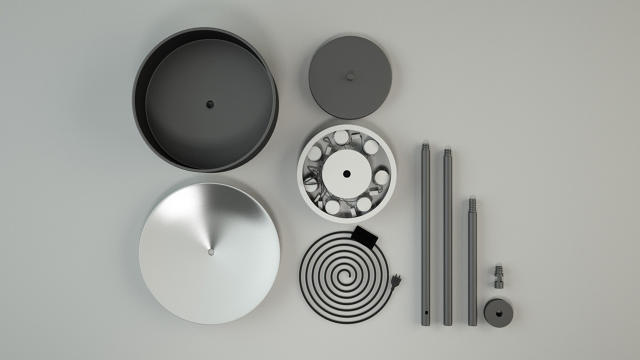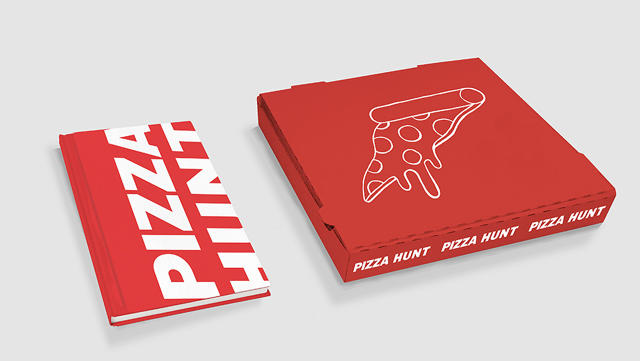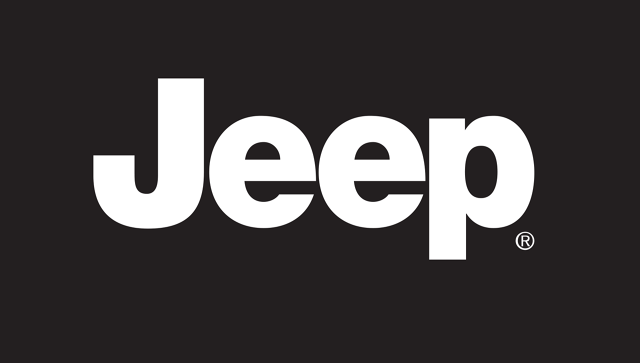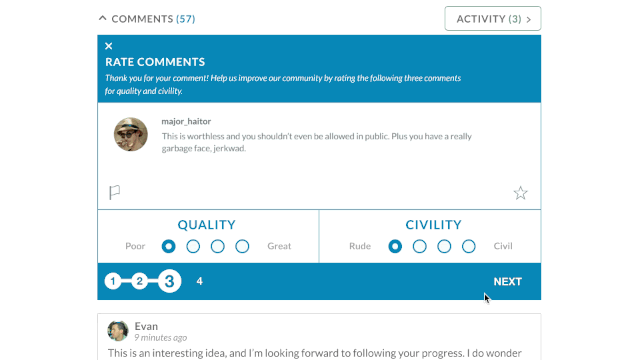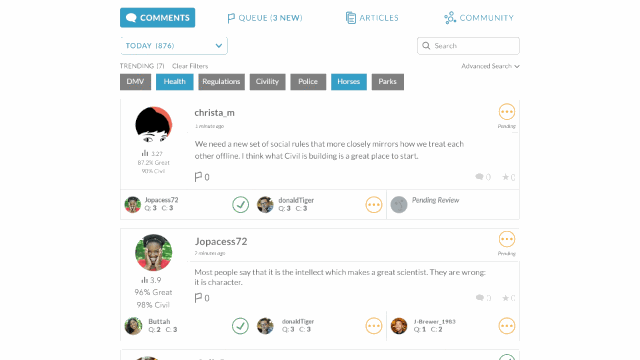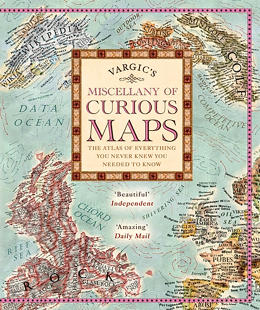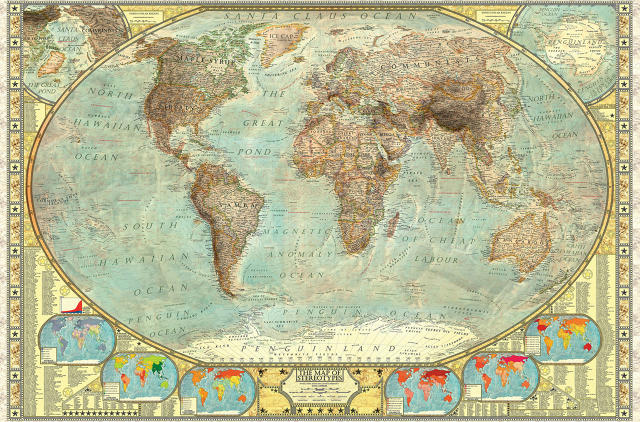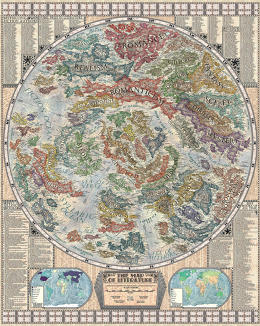Wearables are designed to help inner thinking: to track how your choices and environment shape your health. But what about a wearable to promote outer thinking? Can a gadget help you learn to keep track of how your choices impact the health of the environment? Benjamin Hubert of London-based experience design agency Layer thinks so. In cooperation with the Carbon Trust, Layer has created the Worldbeing, a wearable device designed to help you track your carbon usage

According to Hubert, the Worldbeing was designed with the belief that with sea levels on the rise, and even the Pope calling for the world to take climate change seriously, the future will be one of accountability. If we're going to reduce the world's carbon emissions, everyone will need to be more keenly aware of how their everyday choices impact the environment: not just by doing obvious things like taking a road trip in your diesel-fueled Jetta, but things most people would never dream would impact their carbon footprint, like where they choose to buy groceries.

Featuring a low-power e-ink display, the Worldbeing aims to be a visible "call to action" to more responsible carbon usage. By pairing to a smartphone app over Bluetooth, it can tap into the Carbon Trust's advanced algorithms to make what Hubert calls an "accurate estimation" of how much carbon you're spending, either in total or against your daily carbon budget. In combination with the app and a built-in ECG sensor, the Worldbeing can actually be used as a wireless payment system, like Apple Pay.
When you buy things with the Worldbeing, it plugs real-time information on what you've purchased and from where into the app. Some companies and products are better about their carbon emissions than others, so Worldbeing takes that all into account, encouraging users to buy from more environmentally friendly stores. In addition to payments, Worldbeing can track other carbon metrics, like where you're traveling, and how. It then plugs all of this date into the Carbon Trust's algorithm, and comes up with an estimate on how much carbon you're personally responsible for each day.

But considering how much the mass production of electronics is contributing to the world's carbon emissions, isn't designing another gadget just adding to the problem? "The biggest design challenge wasn't making the Worldbeing smart in technology, but smart in responsibility," Hubert says. In other words, the wearable's industrial design needed to give more back to the environment than it took away.
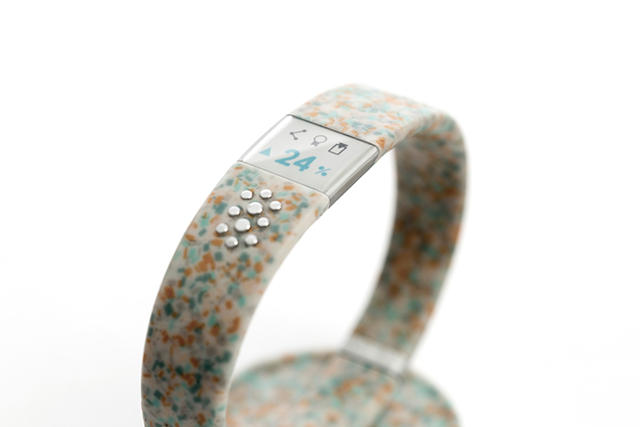
Several smart design choices help keep the Worldbeing philosophically honest. For one, the wristband is made of recycled e-waste: discarded plastics and circuit boards that have been shred into confetti, then injection-molded into an agglomerate material. It's from this material that the Worldbeing gets its eccentric, speckled look. Other design choices were made to lower the Worldbeing's carbon footprint: The e-ink display is far more energy efficient than the OLED display sported by the Apple Watch, for example.
Ultimately, Hubert hopes that the Worldbeing will help promote a more open understanding about how individual action can help fight climate change. But the Worldbeing isn't for sale yet: Although Hubert tells me the prototype has been designed, and the wearable is currently in beta testing, they are currently gauging interest in a wider release through social media. If the Worldbeing sounds like something you'd wear, you can help spread the word here.


